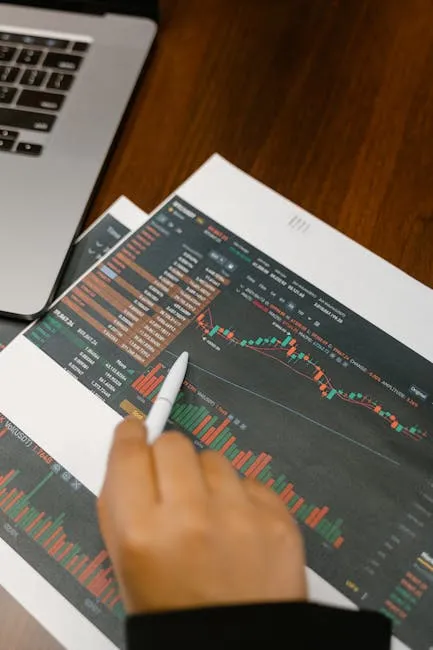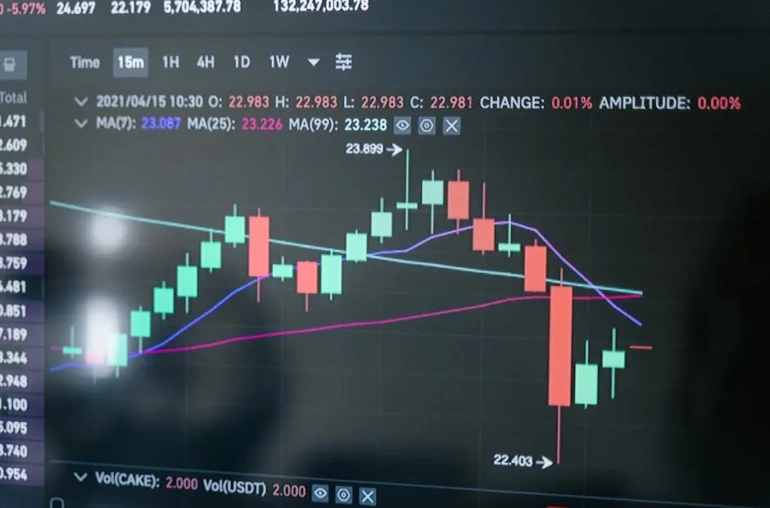
Mastering the Market: How to Identify Bull and Bear Traps in Cryptocurrency
The cryptocurrency market is a wild ride, often characterized by rapid price fluctuations that can leave even seasoned traders feeling disoriented. Among these fluctuations lie dangerous pitfalls known as bull and bear traps. Understanding how to spot these traps before they ensnare you can be the difference between a profitable trade and a costly mistake. In this guide, we will explore the key indicators to watch for, including funding rates, open interest (OI), and trading volume signals.
What Are Bull and Bear Traps?
Bull and bear traps are deceptive market movements that can mislead traders into making poor decisions. A bull trap occurs when the market appears to be transitioning into a bullish phase, leading traders to buy in anticipation of further price increases. However, the price quickly reverses direction, often resulting in significant losses.
Conversely, a bear trap happens when market sentiment shifts towards bearishness, prompting traders to sell or short assets. The market then reverses, leading to unexpected gains for those who held onto their positions. Recognizing these traps can save traders from falling victim to market manipulation and emotional trading.
Key Indicators to Spot Traps
To effectively spot bull and bear traps in the cryptocurrency market, pay attention to the following indicators:
- Funding Rates: Funding rates are a crucial signal in the crypto market. They represent the cost of holding a leveraged position. When funding rates are excessively high, it often indicates that traders are overly bullish, which can precede a market correction. Conversely, low funding rates may indicate bearish sentiment, suggesting potential reversal opportunities.
- Open Interest (OI): Open interest refers to the total number of outstanding derivative contracts, like futures and options, that have not been settled. A sudden increase in OI, especially when accompanied by rising prices, can signal a bull trap, as it suggests that traders are piling into positions that may not be sustainable. On the other hand, declining OI during price increases could indicate that bullish momentum is waning.
- Trading Volume: Volume is a fundamental indicator of market strength. A price increase on low volume can suggest that the move is not backed by strong buying interest, indicating a potential bull trap. Conversely, a price decrease on high volume may signify strong selling pressure, signaling a bear trap.
Strategies to Avoid Falling into Traps
While identifying traps is essential, having strategies in place can further protect your investments:
- Conduct Thorough Analysis: Always analyze multiple indicators before making trading decisions. Relying solely on one signal can lead to misplaced confidence.
- Use Stop-Loss Orders: Implementing stop-loss orders can help mitigate losses in the event of unexpected market reversals. This strategy allows traders to set predetermined exit points.
- Stay Informed: Keeping up with market news and developments can provide context for price movements. Understanding the broader economic landscape can help you distinguish between genuine trends and potential traps.
Conclusion
In the fast-paced world of cryptocurrency trading, awareness and strategic thinking are crucial in avoiding bull and bear traps. By monitoring funding rates, open interest, and trading volume, traders can make informed decisions and protect their investments. Stay vigilant, analyze the market, and you’ll be better equipped to navigate the complexities of cryptocurrency trading.
Remember, while the market can be unpredictable, being prepared and knowledgeable can help you stay ahead of the game.



